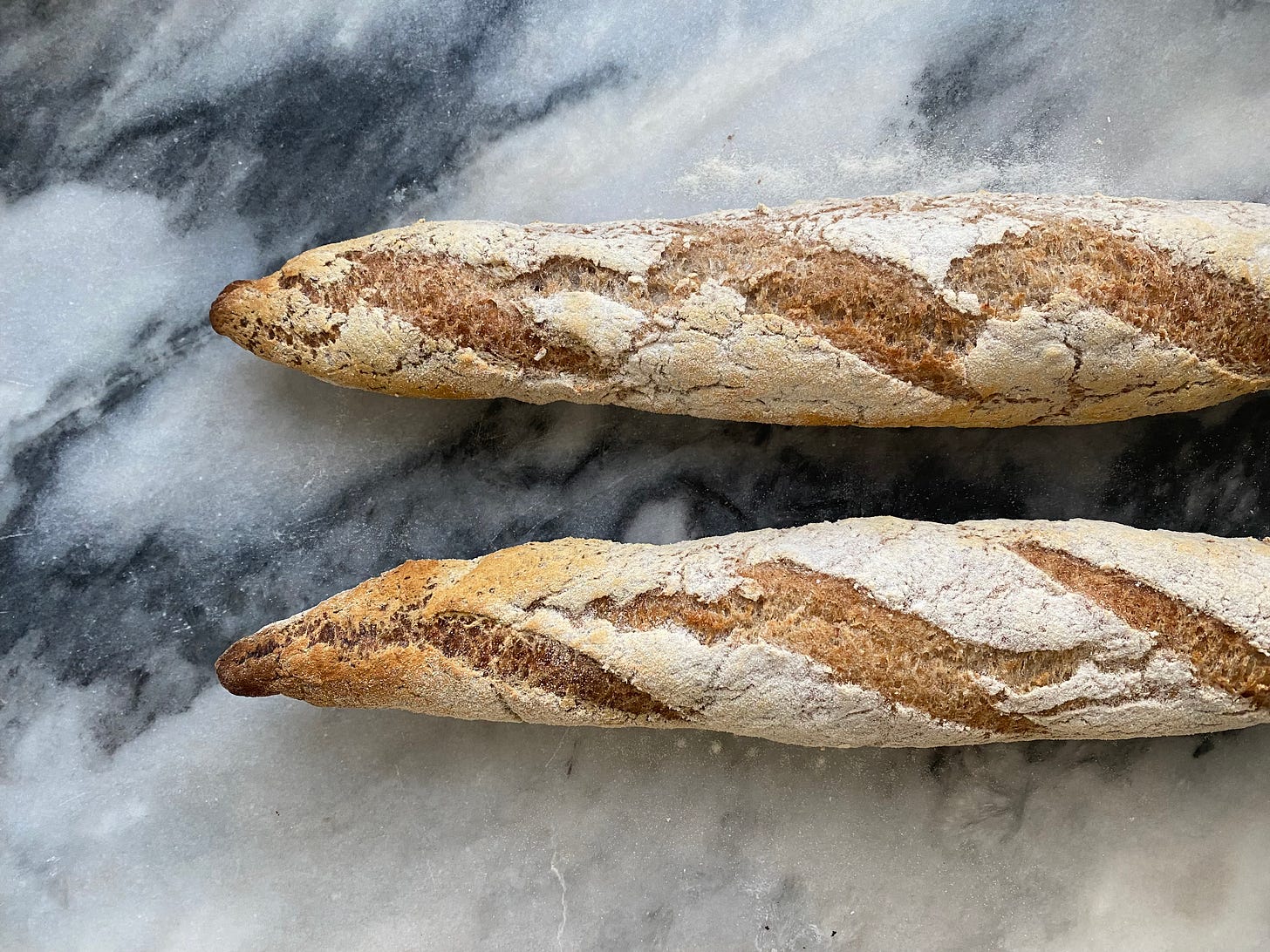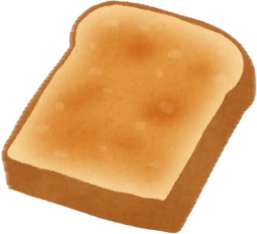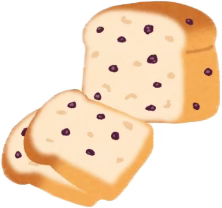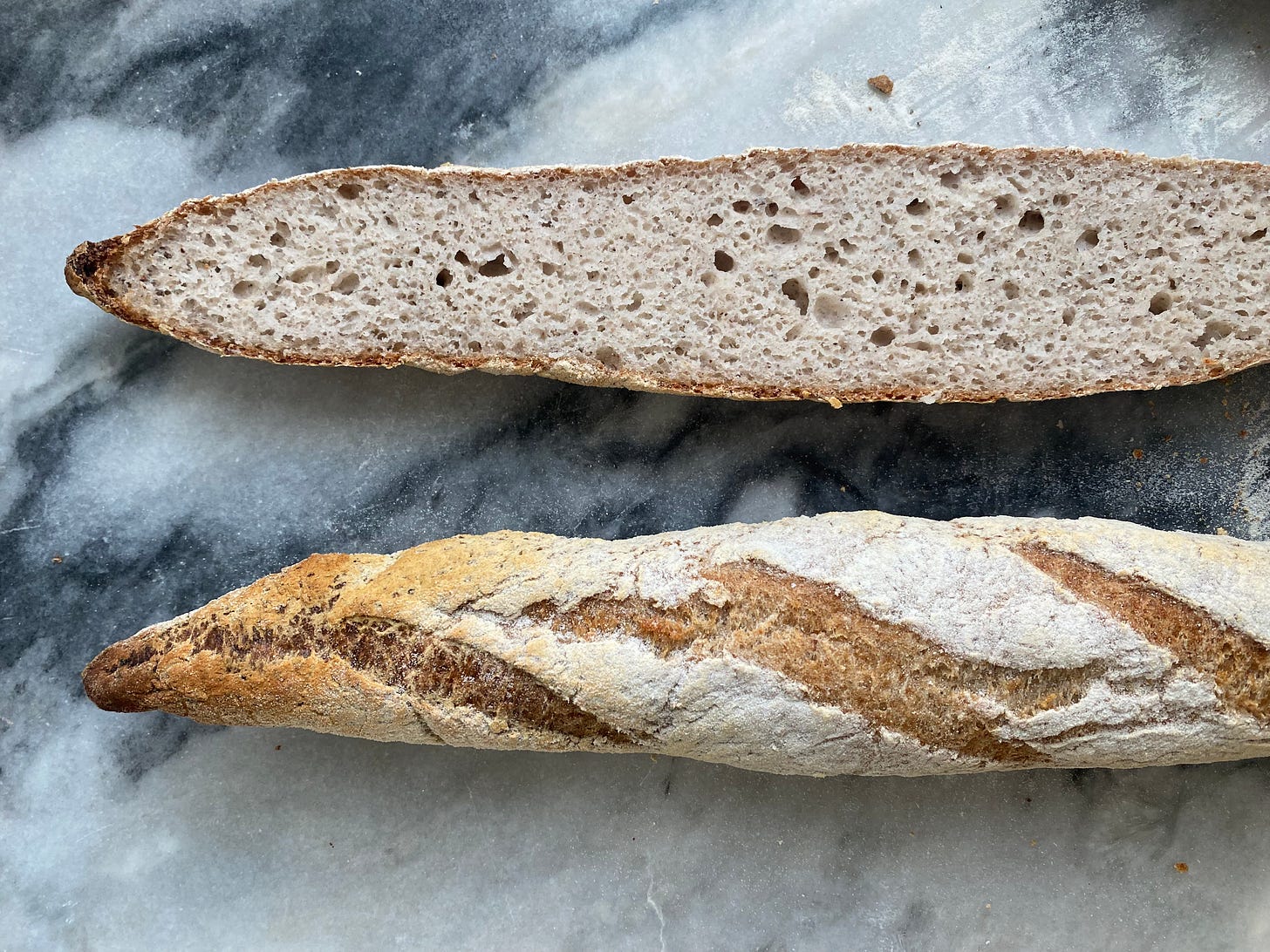Well before switching to a gluten-free diet, I always maintained a healthy way of eating. I tried to reduce processed food and loved focusing on seasonal produce.
About ten years ago, I began reducing my gluten intake without really replacing it with ready-made substitutes for bread or treats. Then I met my partner, who has an allergy to wheat and other grains containing gluten. While this is different from celiac disease, it requires even more vigilance to avoid gluten-free wheat starch found in some of the newer products.
That’s when I started exploring the world of store-bought gluten-free products to have bread at home and cookies for breakfast (which is basically the base of food the pyramid in Italian culture). Reading those labels, I was struck by the number of ingredients used, including several additives and gums. A single baked good could contain xanthan gum, guar gum, hydroxypropyl methylcellulose, and emulsifiers all at once.
Both my partner and I experienced digestive issues when eating breads full of gums. So, I decided to start baking my own gluten-free bread, thinking it would be simpler to create something healthy. Oh boy, I was wrong! The beginning was very hard, and it quickly became clear to me why those gums were used. Without gluten to provide structure, baked goods tend to fall apart and become dense, less airy than traditional ones.
But I didn’t give up, and over the years, I’ve never included gums in my recipes. I often find myself explaining why my recipes are free from this type of binding agents. While these ingredients are staples in many gluten-free kitchens and cookbooks, I’ve chosen to bake without them—and here’s why.
Choosing not to use gums in my gluten-free bread isn’t about rejecting modern techniques; it’s about creating a different bread that feels authentic. By relying on natural binders and careful preparation, I’ve discovered that gluten-free baking doesn’t have to sacrifice quality or flavor.
It’s simple: I stopped trying to replicate the taste and texture of gluten-based bread and started enjoying the discovery of other grains, with their unique properties and flavors.
And the first time I bit into a slice of a still-warm gluten-free loaf made with rice, teff, and sorghum, I felt like I was four years old again, eating freshly baked bread from the local oven in Puglia, Italy, nearby my aunt’s house.
Additional reasons for avoiding gums (still quite important to me):
Gums can cause digestive discomfort
Many people turn to gluten-free baking due to sensitivities, allergies, or intolerances. Unfortunately, it’s not uncommon for them to experience bloating, gas, or even more severe reactions when consuming gum-based products.
Gums can create an artificial texture
Gums are often used in gluten-free bread to mimic the elasticity and structure that gluten provides. While they can be effective, they also tend to give baked goods a gummy or overly chewy texture. This artificial quality doesn’t align with the kind of bread I want to create—bread that’s naturally soft, flavorful, and satisfying to the bite.
So, How Do I Overcome the Lack of Gluten?
Instead of relying on gums, I use a blend of natural ingredients including psyllium husk, chia seeds, or flaxseeds. These alternatives not only provide structure but also add nutritional benefits, such as fiber, which enhances the overall quality of the bread.
Psyllium is my favorite: a natural, whole-food product. What we call “husks” is the outer coating of the seeds from the Plantago ovata plant, a herb primarily grown in India. It’s an excellent source of soluble fiber and has long been used in traditional medicine and dietary supplements for its digestive health benefits. I rely on it for its unique ability to absorb water and form a gel-like texture.
This commitment to simplicity also makes my bread more accessible for those who prefer clean-label foods or have difficulty sourcing specific commercial blends of flours. By keeping my recipes minimal, I can focus on the natural flavors and textures of whole-grain flours.
Overall, the goal of gluten-free baking is to make food that’s not only safe but also truly healthy and tasty.











I have a wheat and corn allergy that is similar to what your partner has ( hives, anaphylactic shock). I have trouble with the gums too. Stopped baking bread years ago, but now I am eager to try your recipes. Thank you for sharing your knowledge on Substack!
I’m really glad I found you here. My daughter has Eosinophilic Esophagitis, meaning she suffers intense allergic reactions including inflammation and coughing/vomiting in her esophagus from wheat, garlic, onions, soy and milk. A good gf bread is hard to find!